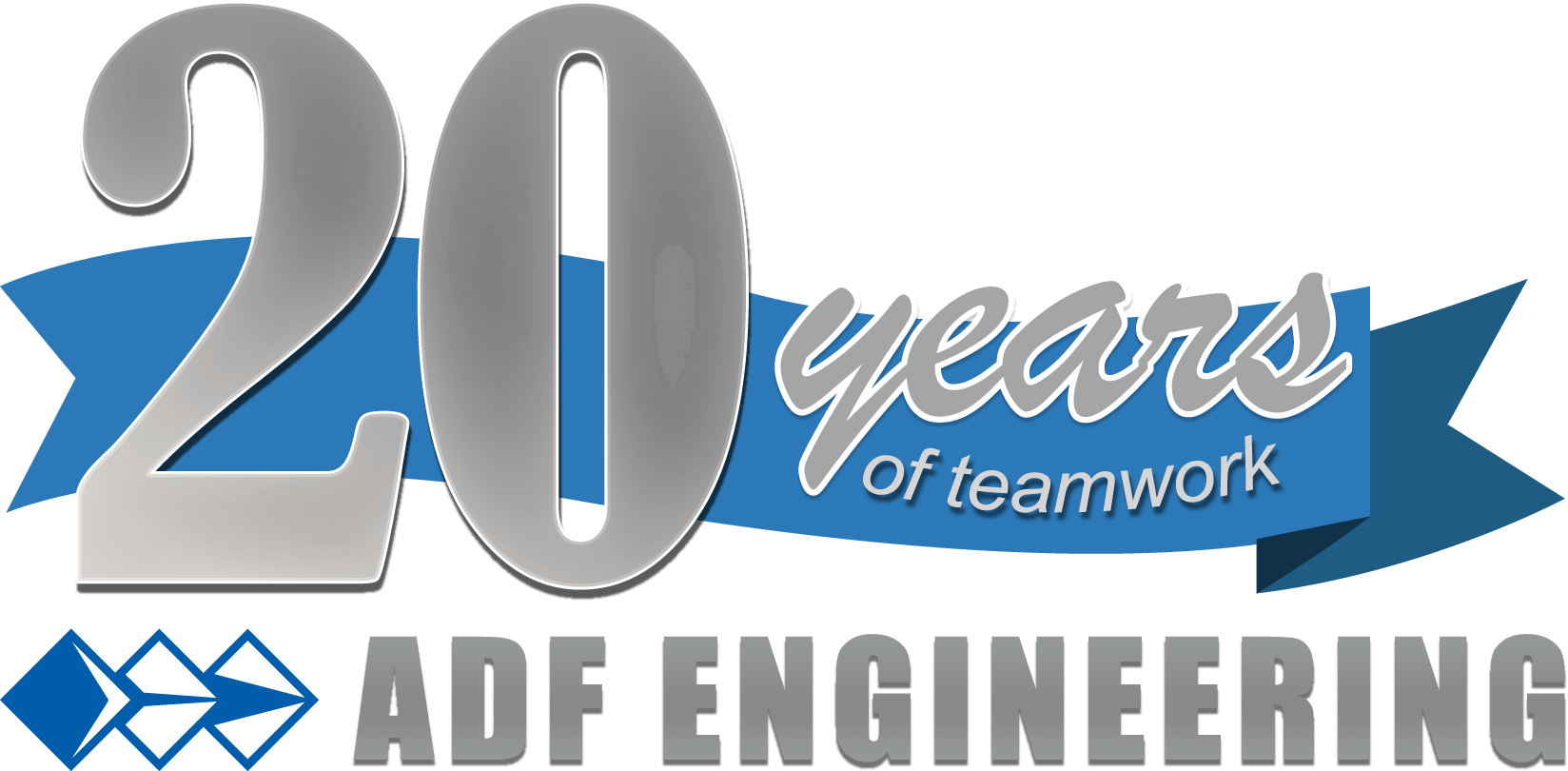One of the Biggest Mistakes I See During Construction

by Alex Fishman, P.E.
Thirty years as a consultant engineer has taught me that typical projects are broken into four major phases: feasibility, preliminary engineering, detailed design, construction and start-up. While the engineering phase is the most critical for your project’s development, the construction phase is the most complex. It’s when the rubber hits the road, when most of your budget is being spent, and when things could go wrong with even the best relationships sometimes ending in dispute and litigation.
During the construction phase, there is a lot of complexity dealing with multiple contractors, subcontractors, vendors, equipment suppliers, government oversight, safety, and more. Unfortunately, this is often when the design engineer’s role is trimmed down or even abandoned by owners. This is problematic because you, as the owner, rely on design engineers to set your goals, specify equipment, and select contractors, but then you assume risk for the project and yourself by not engaging the same engineers in this important phase of the project.
Your design engineer, formally called an engineer of record (EOR), has hands-on experience both working with your project and with contractors on-site. Understanding any changes from design intent and advocating for the most economic, efficient solution is their primary task. During construction, your EOR can recognize construction issues, provide valuable insight to help mitigate the risk of not following the design intent as well as costs associated with change orders. What is the risk you assume when your design firm’s engineer is not contracted during construction? Structural failures often come down to misinterpretation of design documents, plans, and terminology by well-meaning construction firms when there is no EOR available for review during construction. It’s not a matter of IF but WHEN construction mistakes will happen.
The International Building Code and Duty of Care
One of the most important reasons to have an EOR is stipulated in the International Building Code (IBC), which sets standards of reasonable care for owners and design professionals. Section 1704 of the IBC requires special inspections to be performed during construction relating to foundation, structural steel, reinforced concrete, masonry construction, and other types of construction. Section 1705 of the IBC requires your EOR to prepare a statement of special inspection. Your adherence to the requirements will help avoid liability issues associated with performance below the standards of reasonable care.
An EOR’s Role – We’ve Got Your Back!
During construction, an EOR or their designated project representative will perform many functions that are important for the success of your project. The industry standard agreement EJCDC E-500, suggests that an EOR:
- Attend pre-construction conferences to ensure that the contractor clearly understands the work
- Safeguard at least one original printed record version of the Construction Contract Documents during construction
- Review and approve shop drawings prepared by contractors or vendors
- Visit the site in the various stages of construction
- Determine if work is proceeding in accordance with the Construction Contract Documents
- Provide confidence that the contractor has implemented and maintained integrity of the design concept in completing the project
- Reject work if they believe it is defective
- Provide recommendations to the owner regarding whether the contractor should correct any defective work or should remove and replace it instead
- Prepare and issue field orders requiring minor changes in work
- Recommend change orders and directives to as appropriate
- Respond to any notice from contractors of differing site conditions
- Review and approve documents related to compatibility with the design concept
- Determine the acceptability of substitutes proposed by contractor
- Review and determine payment amounts for contractors
- Receive, review, and transmit maintenance and operating information to the owner
- Conduct a final visit to determine if work is complete and acceptable
If you have any comments or would like to discuss your next project, please contact Alex.

